UPDATED REVIEW – Nov 1, 2022 – Artesia DP-10e – REVIEW | Digital Piano at $760 | Should you buy it? | The Artesia DP-10e digital piano has been out for a few years and is sold at Costco. In the world of digital pianos there are brands and models that really come close to playing like a real acoustic piano and then there are brands and models that do not play like real acoustic pianos. I often play acoustic and digital pianos in my music studio where I teach piano and I also play a variety of digital, upright, and grand pianos so I know what a real piano is supposed to be like. Artesia has been a low priced alternative sold at Costco to the name brand digital pianos like Yamaha, Kawai, Casio, Korg, Roland, Samick, Korg, and others.
In our opinion and after playing this model extensively, the Artesia DP-10e is really like getting an inexpensive keyboard as far as functions & features go but in a nice looking 88 key furniture style cabinet with a larger built-in speaker system and weighted keys. The piano keys in the Artesia are touch sensitive and do have some reasonable weight to them. But after personally playing hundreds of digital pianos and keyboards, the DP-10e is somewhat disappointing to us mainly because of its keyboard (key-action), the way the keys move and how they trigger the piano sound. As far as digital features go, the DP-10e has 137 instrument sound selections including 2 piano sounds, many orchestra instrument sounds, guitars, bells, synths, special effects, etc.
The Artesia digital pianos are made in China and being made in China is not a bad thing and can actually be good in trying to keep costs down in the product itself. However, when it comes to the key actions in digital pianos, as a manufacturer or company you have choices on what quality of key action you put into your product and the key action in this model is of very low quality and it’s easy for us to tell that when just playing on it. On the other hand, Yamaha & Casio have some of their low priced digital pianos made in China but those products are proprietary and designed by Yamaha and Casio and their key actions are really good generally speaking, especially as compared to the Artesia DP-10e. After playing the DP-10e for awhile, the experience we had with this key action is not what we had hoped for or what the on-line Costco specifications suggest.
Not only do the physical keys have issues when moving up & down but also the key contacts under the keys don’t respond consistently in volume control to the key movement in triggering the piano sound. The piano sound itself is not bad but it can be a bit jumpy when playing the keys softly or with more force so that the piano sound is not smooth with good transitions when played at different velocities. In other words, one key may take more finger force then the next key over or if you are playing a single piano note (key) that note may be quieter and more mellow but then then next key over may be louder and much brighter when playing with the same finger pressure, almost like you are playing two different pianos. That is definitely not how real pianos behave.
The actual acoustic piano sound sample in this Artesia piano is better than in previous models so that has been an improvement. Although the piano sound sample has more sampled layers than in previous Artesia pianos, the new top name brands digital pianos these days are much better and most of them sample (record) their piano sounds from real pianos but have more sophisticated technology to do more natural samples. So the differences are that there is different quality of piano sampling, different recording technology, and different ways to implement the sound in the digital pianos that the top brands are doing and that’s one of the reason they cost more money…you do get what you pay for!
The triple pedals do work and the right side sustain pedal does its job overall. But even though those 3 pedals have a brass color, they are not brass pedals but instead are plastic. Plastic is fine as long as they work. But our experience using those pedals was a bit disappointing because the pedals, just like the key action, were noisy & clicky sounding when moving up and down and it was somewhat distracting when playing music on the piano. As for the sustain pedal (the 1st pedal on the right), it worked OK, but just like the key action, the sustain response was not always consistent when pressing down on the pedal and the pedals themselves were quite stiff/hard to press down as compared to a real piano and other digital pianos we have played so those pedals are on the low end of quality.
However, the DP10e does have some fun features in it like the interactive drum rhythms, accompaniments and instrument sounds that I mentioned earlier which is similar to what you might find on a $150 Yamaha keyboard. Although some of those instrument sounds and accompaniments are good, some are pretty

bad and sound like toys in my opinion. The DP10e does have some nice, useful digital keyboard features such as a 3-track digital recorder/player so that you can record the left and right hand parts of your song and also an automated accompaniment and then play them back.

for rhythm and timing, a key transpose feature, reverb & chorus effects to enhance the instrument sounds, layer/mix or split two sounds together, and you can see what functions you are selecting by the control panel buttons above the keyboard and then the OLED display screen clearly tells you what sound, rhythm, or other features you have selected by displaying the names of those functions in that display screen.

feature does not change the key weight, the physical key response, or the key contacts and how they work so unfortunately the electronic key touch feature doesn’t really help much in that area. Nevertheless, when it comes to having a good array of digital features in this price range including over 100 instrument sounds, 100 accompaniment styles, effects, 2-track recording, a variety of volume controls for different functions, the Artesia DP10e definitely offers enough to keep you busy in that way.
The connectivity in this piano is actually pretty good and includes inputs for 2 headphone jacks, 2 audio line outputs, 2 audio line inputs, 2 aux inputs with a separate volume control, a MIDI output, and a USB output to external device, so there is plenty of ways to interface with other things out there. The internal speaker system consists of two main speakers on the inside of the piano pointing downward to the floor and those speakers are rated at 20 watts each at 6 ohms so there really is plenty of volume and power in the DP10e and it can fill up a medium to larger size room with no problem. It actually has a very big sound through its speaker system and noticeably more so than the Casio AP260 at Costco and I do like that very much.
It is interesting to note that the specifications listed for this piano are not all correct. As for some examples of this it says there are 4 speakers in this model but it really only has 2 speakers based on our inspection of it. We would like to know where the other 2 speakers are because we do not see them inside or outside. It says the power rating is 50 watts when it actually has 2 x 20 watt speakers = total of 40 watts at 6 ohms each speaker. It says the piano cabinet is black in the specs but it’s actually dark rosewood, although it is dark enough to look like it is black in lower light settings. So not all the specs are correct and that is somewhat misleading if you are counting on that information to be all true.
The Artesia DP-10e is an attractive piano with nice looking cabinet, built in sliding key cover, useful connectivity, nice OLED display screen, buttons that work good and light up with a blue inset color to let you know you have selected that button, and a good amount of digital features that many cabinet style pianos in this price range do not have in this price range. But the bottom line really is that the

majority of people who purchase digital pianos under $1000 want a digital piano to mainly play piano on and not a glorified keyboard with these these same types of functions. People who want a digital piano mainly want it to sound like a real piano, have the key action play like a piano and trigger the piano sound properly and smoothly with keys that move quietly, and get the triple pedal unit to respond like a real piano and have quiet pedal movement. The extra “bells & whistles” should really take a back seat to how good the digital piano is as a “piano.”
The upside of this Artesia model is that it has a low price with a lot of features, but at the end of the day we think most people will likely not use these extra “bells & whistles” very often based on my experience with these pianos. Having some fun on a digital piano is great but not at the expense of getting a good piano playing experience. With all that in mind there are definitely better options out there although they may have different extra “bells & whistles” but definitely will offer a more authentic piano playing experience and will be an instrument you can grow “in to”

rather than grow out of it quickly.
If you want a better, more realistic piano playing experience in a digital piano but need to be in a lower price range at around $600 to $1000 then I would rather see people invest their money somewhere else. We recommend you choose a top name brand known for their more realistic piano playing technology and key actions which includes the Casio AP-260 at Costco ($999), the Casio PX-870 ($1199) which is on special “private sale” right now at $1099 with a $100 instant rebate along with no tax and free shipping. You’ll need to email or call me for more info on that offer. The newer model Casio PX-870 is a big upgrade over the Artesia DP10e as well as over the Casio AP-260 in a number of ways.
If you want more info on new digital pianos and LOWER PRICES than internet discounts, please email me at tim@azpianowholesale.com or call direct at 602-571-1864.
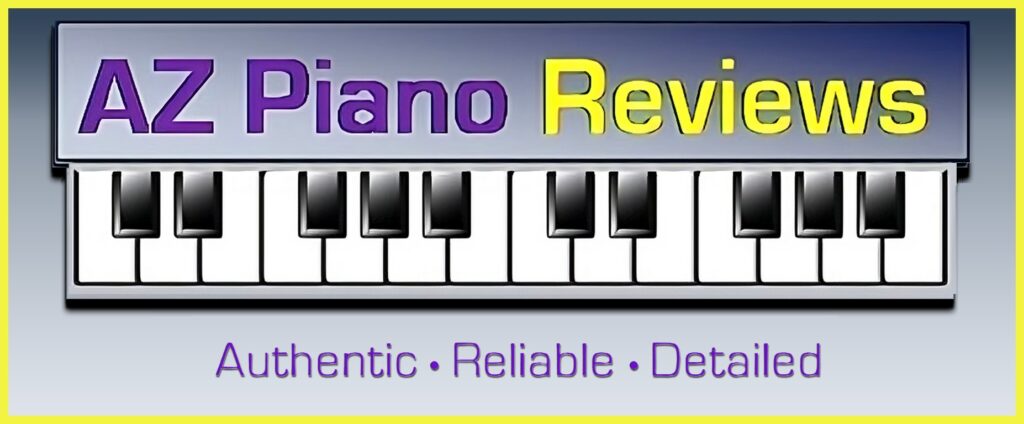

















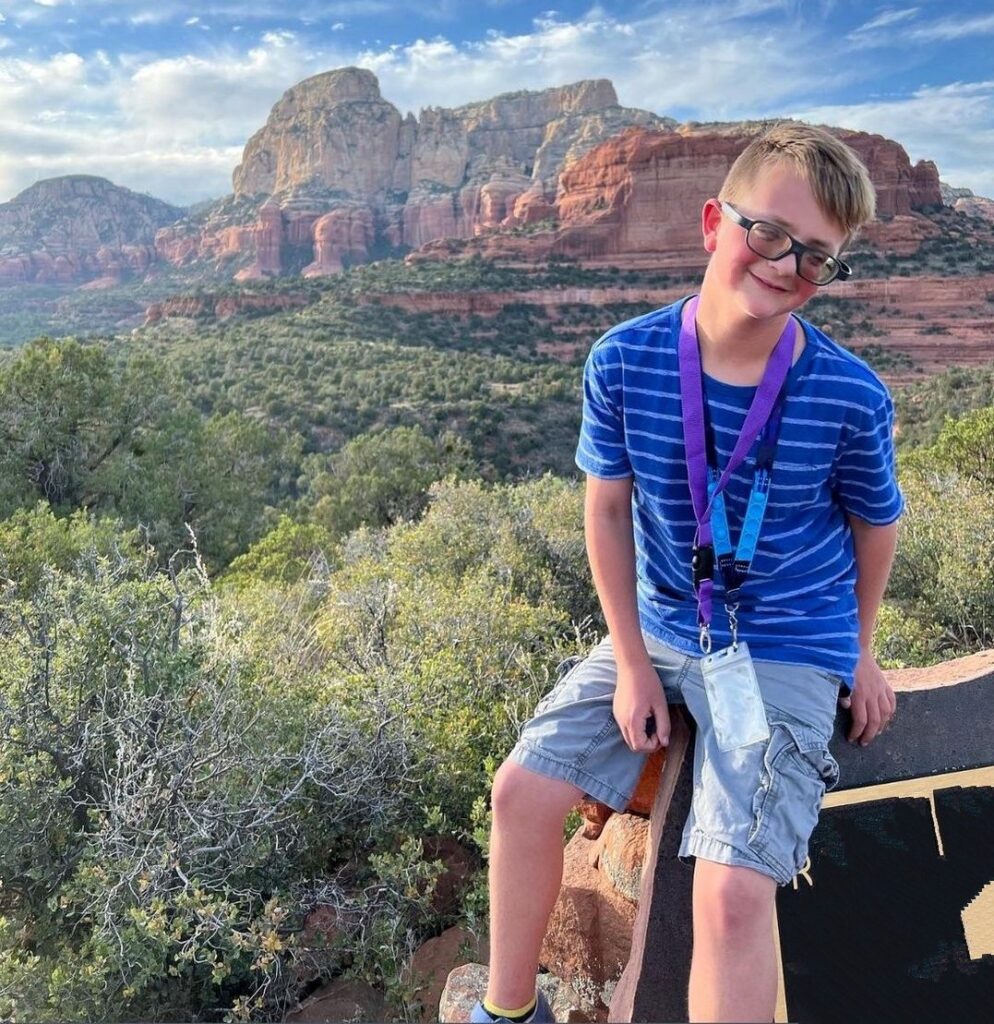
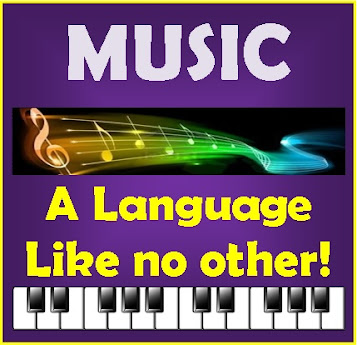

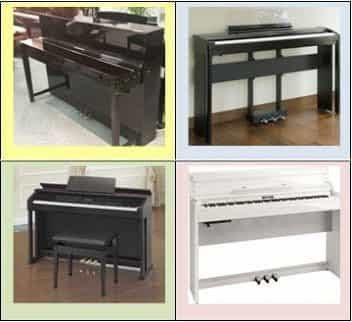
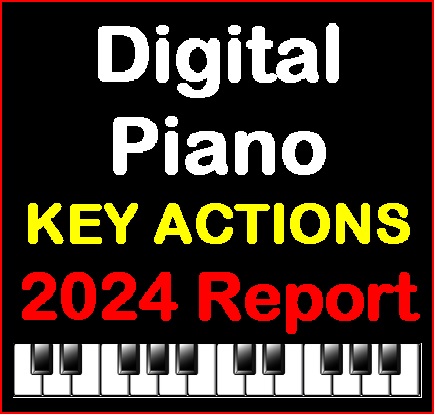

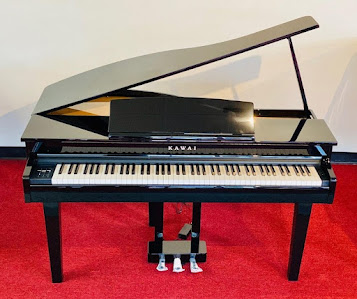
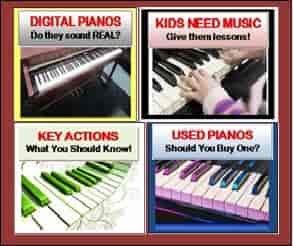
I'm researching this piano so I'm aware of it's features. After reading the volume you wrote about poor key-action without ever mentioning that a feature of this model is adjustable key-action or that you used the adjustment feature to troubleshoot the issues you were having, I feel your review lacks value.
It would be more valuable to know how well the key-action adjustment feature performs if one were to employ it, rather than have to read extensively the experience of someone who didn't research the product well enough to know what features might exist to remedy a key-action performance issue. .
Thanks for your comment, I always appreciate when people do that. The only "key action" adjustment in this digital piano or any digital piano is the electronic touch sensitivity curve. All digital pianos have that function although it is pretty basic on the Artesia. That adjustment simply changes how fast or slow the sound responds to the keys when you press them down. For people with less muscle strength in their fingers or for kids or older adults who cannot press things down very easily, then when you change the touch sensitivity to "light" that means when you press the keys down more lightly the sound come in quicker and a bit louder. If you change the touch sensitivity curve to "hard" (it's called heavy" in some cases), then if you tend to press the keys down harder because you physically have a hard touch, then the "hard" setting will allow the sound to come out more softly on your initial touch on the keys instead of at a louder volume. You would need to press even harder (which is abnormal) to get a more normal volume. Touch adjustment has to do with how much sound initially comes in when pressing down any key. Changing that touch setting affects all the keys and not just individual keys. It can be helpful for light handed or heavy handed people as far as overall initial key volume goes, but it does nothing to change the key action and any the issues associated with a bad or non responsive key action. It does not alleviate the key action issues on the Artesia DP10e. Not only that, but changing the touch sensitivity curve also will change the piano tone when playing. The piano tone will become even more bright or more muffled depending on which touch setting you choose, unless you have the normal touch setting on. So it can skew the piano sound and then that sound comes in more abnormally instead of more normally when striking the keys, assuming the piano sound didn't already have issues like I described on the DP-10e. Some secondary sound adjustments can be made sometime to compensate for that skewed sound issue when changing touch settings, but they generally don't work well and can also not be saved in many digital pianos. It is best to not use the touch settings when trying to get the optimum piano sound out of the instrument. I sometimes don't mention the "touch sensitivity feature" when I am reviewing digital pianos, especially if it does not make a positive difference for most people. Regardless, the Artesia DP-10e is not something I recommend for piano playing if you want and need a more realistic experience. There are much better options out there.
ultimately the touch sensitivity feature can give a person the "perception" that the key action has gotten physically lighter or harder depending on which touch setting you choose because of when the sound comes in when touching the keys. But it does not physically alter the key action in any way and does not change the inherent inconsistent issues within the key action that I described.